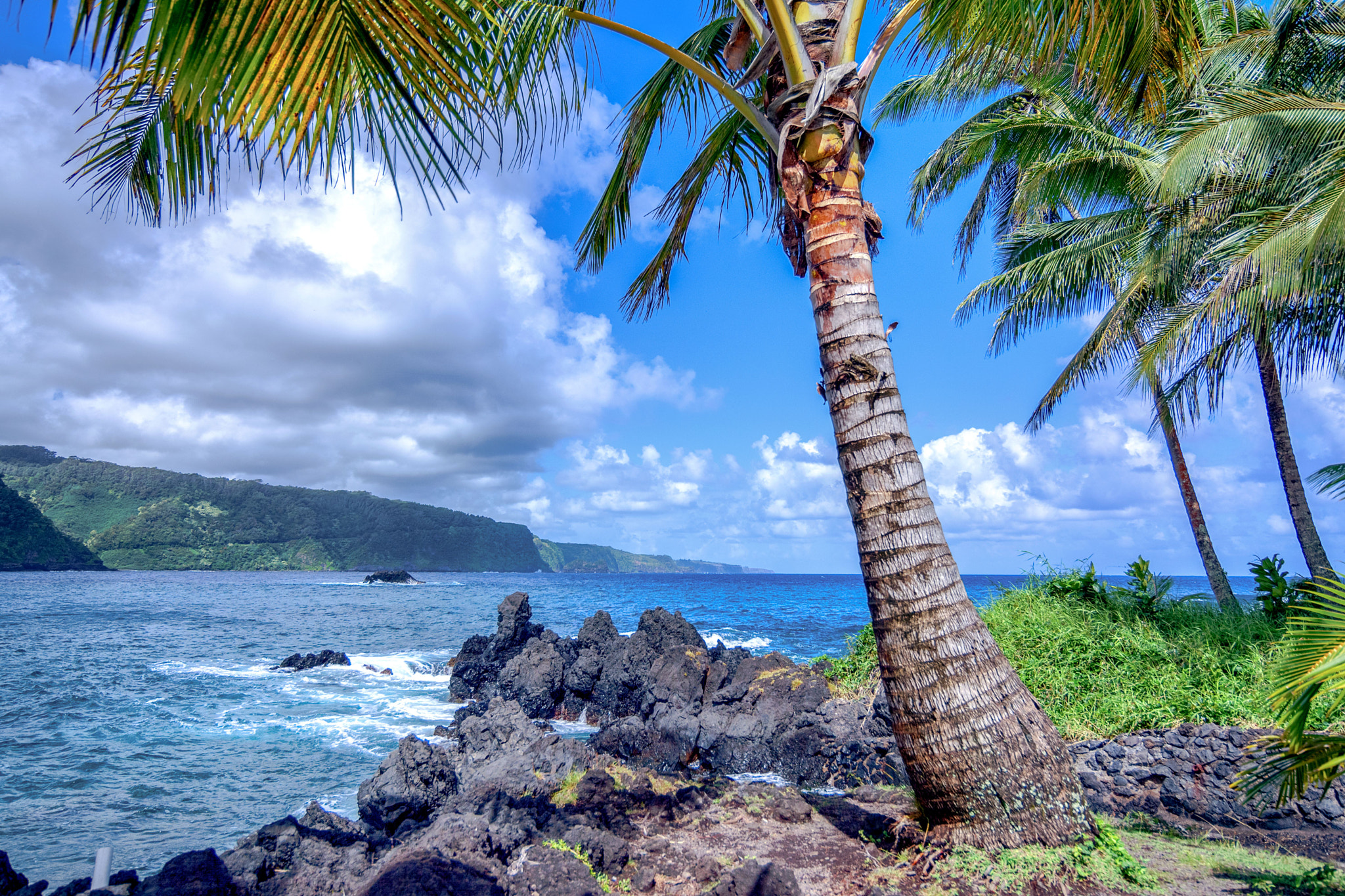Yoga has long been celebrated for its holistic approach to wellness, balancing physical fitness, mental clarity, and spiritual growth. In Mornington, Australia, the tranquil coastal setting provides the perfect backdrop for embracing yoga’s many benefits. Whether you’re a seasoned practitioner like Jane Benson from Bikram Yoga Mornington or a curious beginner, understanding the eight main types of yoga can help you choose the one that best suits your goals and lifestyle.

1. Hatha Yoga
Hatha yoga serves as the foundation for most modern yoga styles. Known for its focus on physical postures (asanas) and breathing techniques (pranayama), it’s an excellent starting point for beginners. Mornington yoga studios often offer Hatha sessions designed to improve flexibility, strength, and relaxation. For those looking to unwind while enjoying Mornington Peninsula’s peaceful ambiance, Hatha yoga is a great choice.
2. Vinyasa Yoga
Popular among active individuals, Vinyasa yoga emphasizes flowing movements synchronized with breath. Classes often feel like a dance, as poses transition seamlessly from one to another. Local studios in Mornington, like those near Main Street or the beachside areas, may offer Vinyasa sessions with a focus on dynamic sequences. Perfect for those who love variety and creativity, Vinyasa yoga can help improve cardiovascular health and mindfulness.
3. Ashtanga Yoga
For a more structured and disciplined approach, Ashtanga yoga is ideal. This type of yoga follows a specific sequence of postures performed in a set order. Ashtanga is physically demanding and is best suited for those seeking a rigorous workout. Mornington’s yoga community might include specialized classes that guide you through this transformative practice.
4. Iyengar Yoga
Iyengar yoga places emphasis on alignment and precision, often using props such as blocks, straps, and bolsters. This style is perfect for those recovering from injuries or individuals with limited mobility. In Mornington, Iyengar classes can be found at yoga studios that cater to practitioners of all levels. These sessions are particularly beneficial for improving posture, balance, and strength—making it a fantastic option for those spending long hours at a desk.
5. Bikram Yoga
Also known as hot yoga, Bikram yoga consists of 26 poses performed in a heated room. The warm environment helps muscles loosen, allowing for deeper stretches and detoxification. If you’re looking to challenge yourself, check Bikram Yoga Mornington studios in Mornington offering heated classes. With its focus on consistency and sweat-inducing workouts, Bikram yoga can be a transformative experience.
6. Kundalini Yoga
Kundalini yoga is a unique style that combines postures, breathing exercises, chanting, and meditation to awaken the “kundalini energy” at the base of the spine. This deeply spiritual practice promotes self-awareness and inner peace. Mornington residents seeking a more introspective and soulful yoga journey will find Kundalini yoga classes a welcome addition to their routine.
7. Yin Yoga
For those who prefer a slower, more meditative approach, Yin yoga involves holding poses for extended periods, typically 3 to 5 minutes. This style targets deep connective tissues and promotes relaxation, making it an excellent choice for stress relief. Mornington’s serene coastal environment complements the calming effects of Yin yoga, helping you find inner balance amidst the pressures of daily life.
8. Restorative Yoga
Restorative yoga focuses on rest and relaxation, using props to fully support the body in gentle poses. Ideal for those recovering from physical or emotional strain, this style of yoga promotes healing and stress reduction. Mornington’s wellness retreats and yoga studios often include Restorative yoga sessions, which are perfect for winding down after a busy day exploring the beautiful Mornington Peninsula.
Why Mornington is Perfect for Yoga
Mornington, Australia, is a haven for wellness enthusiasts. Its pristine beaches, lush greenery, and thriving yoga community make it an ideal location for practicing yoga. Whether you’re attending a class at a local studio, participating in a beachside yoga session, or exploring wellness retreats in the Mornington Peninsula, this region offers countless opportunities to deepen your practice.
Yoga practitioners in Mornington can also enjoy complementing their sessions with other activities such as hiking at Mornington Peninsula National Park or enjoying holistic therapies at local spas. The laid-back atmosphere and breathtaking scenery contribute to a holistic wellness experience that aligns perfectly with yoga’s principles.
Benefits of Practicing Yoga
Regardless of the type of yoga you choose, regular practice offers a wide range of benefits:
- Physical Health: Improves flexibility, strength, and posture.
- Mental Clarity: Reduces stress and anxiety while enhancing focus.
- Spiritual Growth: Encourages self-awareness and mindfulness.
- Community Connection: Builds relationships within Mornington’s yoga and wellness scene.
Tips for Choosing the Right Yoga Style
- Define Your Goals: Are you looking for physical fitness, relaxation, or spiritual growth?
- Try Different Styles: Experiment with various classes offered in Mornington to find your favorite.
- Listen to Your Body: Choose a style that suits your current fitness level and any physical limitations.
- Consult Local Studios: Many Mornington yoga studios offer introductory sessions or advice to help you start.
Where to Practice Yoga in Mornington
Mornington boasts a variety of yoga studios, wellness centers, and outdoor yoga events. Here are some popular options:
- Local Yoga Studios: These often provide diverse class schedules, accommodating different skill levels.
- Beachside Sessions: Yoga at the beach offers a unique way to connect with nature.
- Wellness Retreats: Combine yoga with other holistic therapies for a rejuvenating experience.
Conclusion
Exploring the eight main types of yoga can open the door to a fulfilling and transformative practice. In Mornington, Australia, the vibrant yoga community and stunning natural surroundings provide the perfect environment to embark on or deepen your yoga journey. Whether you’re drawn to the dynamic flow of Vinyasa, the precision of Iyengar, or the meditative stillness of Yin yoga, there’s something for everyone in this picturesque coastal town.
So, roll out your yoga mat, take a deep breath, and let Mornington inspire your next yoga session. Embrace the harmony of body, mind, and spirit while immersing yourself in one of the world’s most enriching wellness practices.



